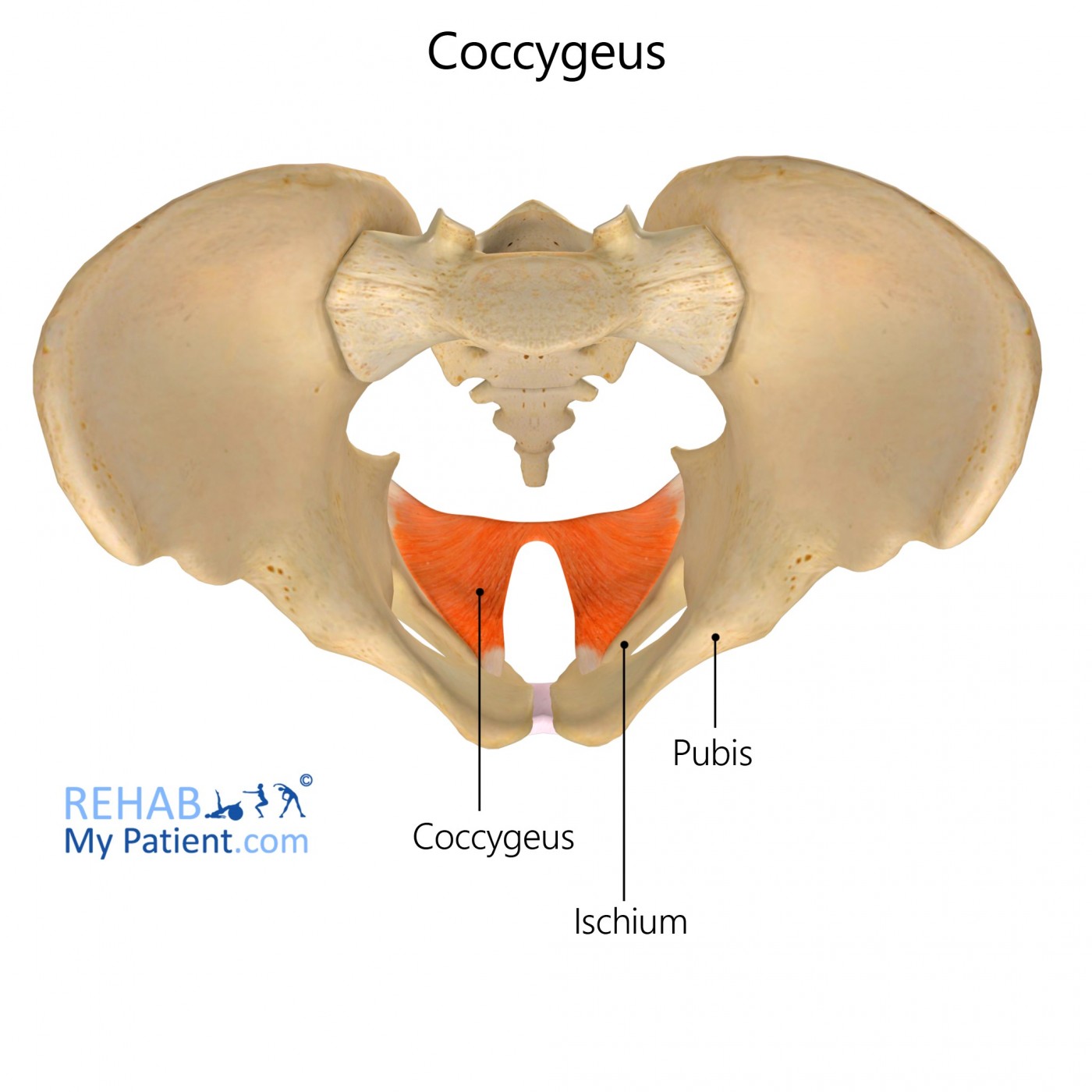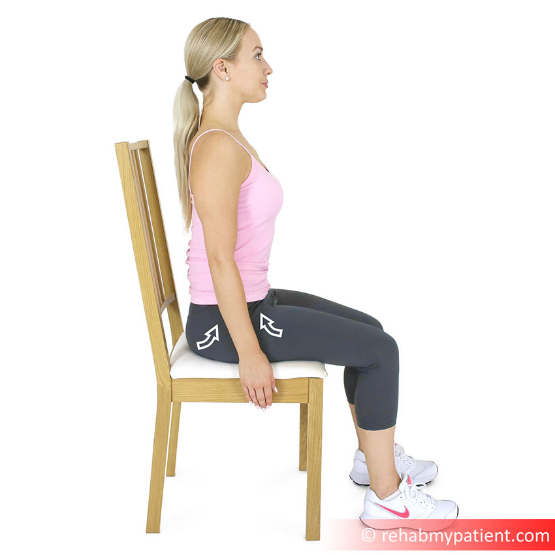
General information
Coccygeus is a sheet of muscle and fibrous tissue in the pelvic region. With the levator ani, it makes up the pelvic diaphragm which makes the pelvic inferior wall as well as the pelvic floor.
Literal meaning
The muscle of the hip and cuckoo.
Interesting information
Sometimes the muscle is called the ‘ischiococcygeus’ and a part of the levator ani, however, it has also been noted as separate muscle, called coccygeus.
This muscle also weakly contributes to the control of defecation and urination along with the puborectalis, particularly during movements such as coughing when intra-abdominal pressure is raised. During childbirth, the coccyx bone is temporarily pushed back. After labour, the coccygeus contracts with then flexes the coccyx and returns it back to its previous, anterior sitting position.
Origin
Ischial spine
Insertion
Inferior end of sacrum, coccyx.
Function
Helps to support the pelvic viscera within the pelvis and it also has minor role in coccyx flexion.
Nerve supply
Anterior rami of spinal nerves S4 & S5.
Blood supply
Inferior vesical, inferior gluteal and pudendal arteries.

Relevant research
A condition called idiopathic coccygodynia occurs when excessive tension is placed the levator ani, coccygeus and gluteus maximus muscles. This may then irritate the surrounding soft tissues.
The pelvic floor muscles which are imperative in supporting the pelvic organs, may weaken with age, pregnancy and type of delivery and surgery. This can lead to urinary incontinence and pelvic organ prolapses. Dr. Kegel’s study showed that the pelvic floor exercises could help to prevent and treat urinary stress incontinence
Dampc, B., & S?owi?ski, K. (2017). Coccygodynia - pathogenesis, diagnostics and therapy. Review of the writing. Polski przeglad chirurgiczny, 89(4), 33–40.
Huang, Y. C., & Chang, K. V. (2020). Kegel Exercises. In StatPearls. StatPearls Publishing.
Coccygeus exercises

Pelvic floor sitting
Sit on a chair and breathing normally, while exhaling, squeeze the muscles around your bladder and anus. The feeling is the same as when you stop yourself from urinating and passing wind. Avoid holding your breath, contracting your leg muscles and squeezing your buttock muscles, to ensure you’re engaging your pelvic floor muscles.
Sign Up
Sign up for your free trial now!
Get started with Rehab My Patient today and revolutionize your exercise prescription process for effective rehabilitation.
Start Your 14-Day Free Trial